Content

The most common effective materials for filtering pond water include: 1. **Activated Carbon**: Removes impurities and odors from the water. 2. **Bio-Balls**: Provide surface area for beneficial bacteria to grow and break down harmful substances. 3. **Zeo
Update: 21/06/2023
Share:




Mechanical Filtration Materials
Mechanical filtration materials commonly used for fish tanks include:
Filter Sponge
Filter sponge is the most popular material used in fish tank water treatment today. Filter sponge is preferred because of its high durability, resistance to wear over time, and ease of placement in various positions in the tank.
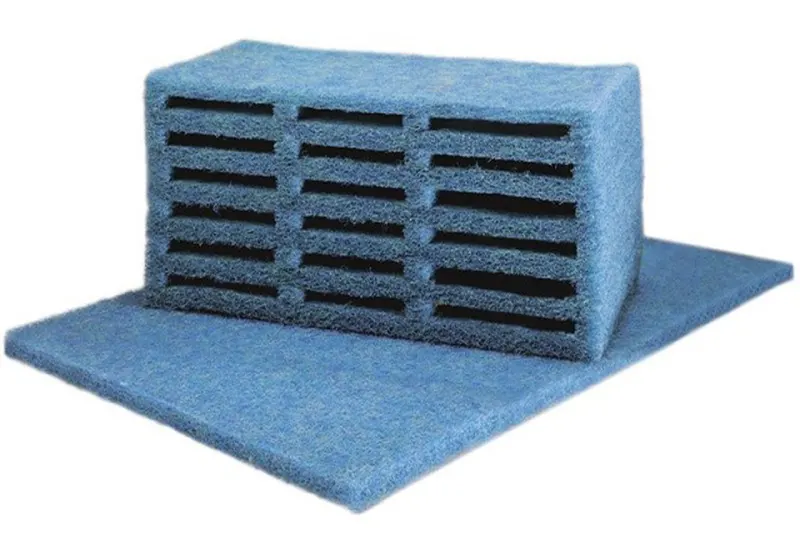
In addition, filter sponge also has other benefits such as removing toxins in the tank, reducing metal concentrations in the water, and supplementing essential minerals for the growth and development of fish.
Filter Cloth
Filter cloth is also a very suitable material for fish tank water treatment.
This material helps remove algae, debris, particles, and fish waste from the water.
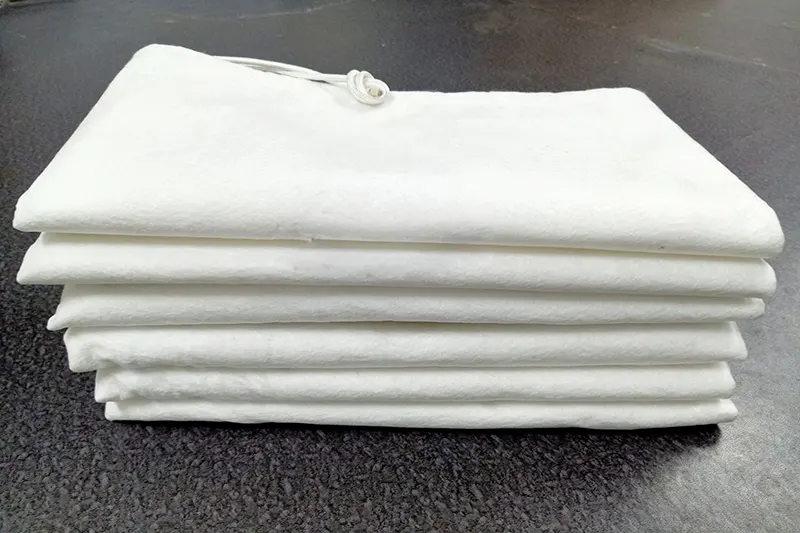
Similar to filter sponge, filter cloth is durable, can be reused for a long time, and easy to place in different positions.
Biological Filtration Water Filtration Materials
Activated Carbon
Activated carbon is produced 100% from natural materials such as coconut shells, bamboo, rice husks, coal, wood charcoal, etc.

Activated carbon comes in various forms such as granules, pellets, powder... The surface of activated carbon has thousands of tiny pores of different sizes, making it extremely effective for absorption. Activated carbon can remove color, odor, and impurities in water.
This filtration material also provides minerals for fish and can treat heavy metals in the water.
Zeolite
Zeolite is a type of aluminosilicate mineral or aluminum silicate of some metals with a uniform honeycomb structure and containing group I, II cations.
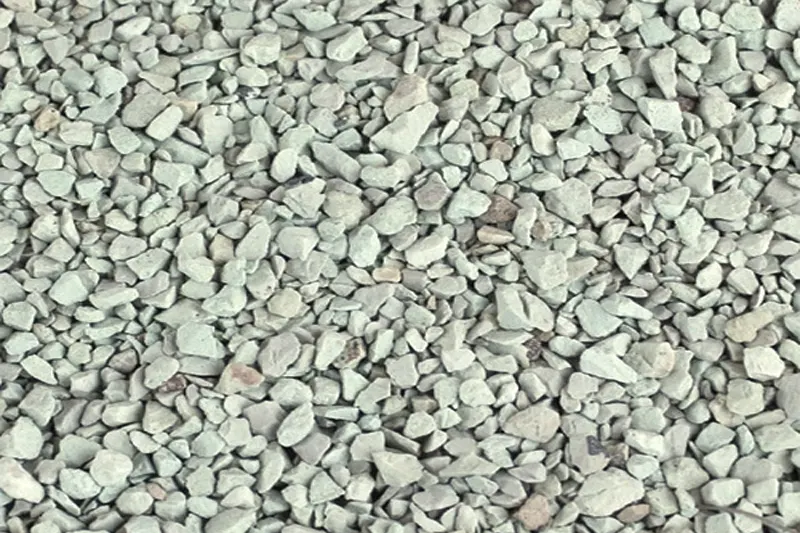
Zeolite has relatively small particle size and is used in ornamental fish tank water treatment, aquatic plant tanks, and aquaculture.
This material absorbs metal ions in water, ammonia, and provides oxygen. This creates a favorable environment for fish growth and development.
Ceramic Rings
Ceramic rings are primarily used to treat algae and harmful bacteria in fish tank water. Similar to activated carbon, ceramic rings have many tiny pores on the surface, making them excellent for absorbing pollutants.

Although they are expensive, due to their excellent water filtration capabilities, ceramic rings are highly popular and widely used.
Bio Balls
Bio balls are lightweight, very flexible, and easy to use in fish tanks, especially in dragon fish tanks.

Bio balls are made of high-quality plastic material. They are round and have many tiny triangular pores on the surface. This is where microorganisms reside and decompose organic matter.
Bio balls are also highly regarded for their ability to dissolve air and provide oxygen to fish species.
Bacteria House Ceramic
Bacteria House Ceramic is a type of ceramic produced at a temperature of 1300 degrees Celsius and fired for 60 hours.
This firing process breaks the internal bonds of the ceramic, creating a porous surface. This increases the contact surface area and enhances the ability to treat pollutants faster.
Porous Ceramic
Porous ceramic is also one of the most popular filtration materials today. They have the ability to remove toxins, reduce light metal ions, supplement minerals for fish, prevent algae and bacteria growth...
Porous ceramic is often used in small-sized fish tanks.
Eco-friendly Filtration Materials
Aquatic Plants
Aquatic plants are also considered very effective water filtration materials for fish tanks. They not only help remove pollutants from fish tank water but also create beautiful landscapes.

Some aquatic plants used in water filtration include: Java moss, Japanese moss ball, Anubias, Vallisneria, Aquatic sword, Marimo moss ball, Water wisteria...
Coral Sand
Coral sand primarily consists of CaCO3. This substance is excellent for increasing pH in water.
Most fish species prefer an alkaline environment with high pH levels.
Coral sand not only filters water for fish tanks but also serves as decoration and habitat for fish in the tank.
Pumice Stone
Pumice stone also contains many tiny pores on its surface. This is where bacteria reside and decompose organic matter in the water.
Pumice stone is an excellent water filtration material. Additionally, it can be used for decoration and as a substrate for fish tanks.
Fish Tank Water Filtration Materials - Mechanical Filtration Group
Vacuum Filtration System
The mechanism of this system uses negative pressure to treat solids, impurities, suspended particles in the fish tank.
This system helps maintain a clean water environment for your fish tank.
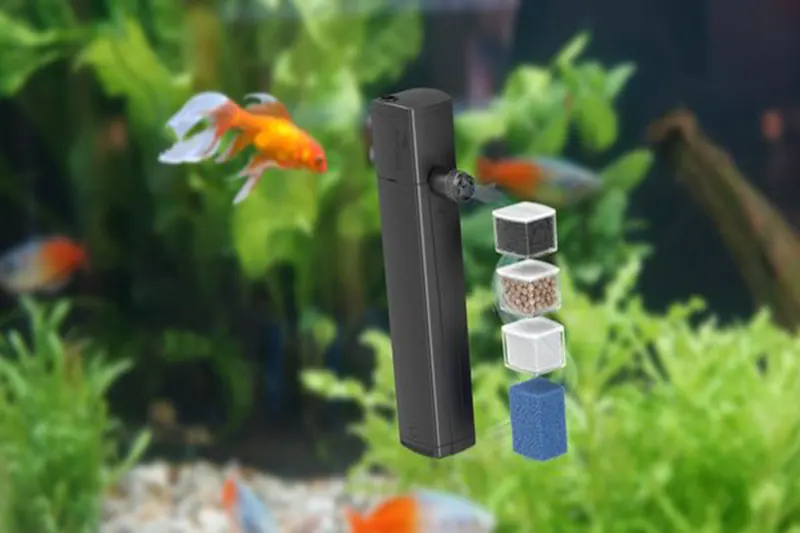
Water Filtration System through Filter Media
This system uses filter media such as quartz sand, activated carbon to treat suspended solids in the water.
The operating principle is to pass the fish tank water through a layer of filter media for treatment.
Considerations for Choosing Fish Tank Water Filtration Materials
Choosing fish tank water filtration materials depends on various factors such as:
- Size of the fish tank
- Type of fish being raised
- Characteristics of the current water source
Above is the sharing of experts on the best fish tank water filtration materials available today. Hopefully, it has helped you understand this issue better and choose suitable filtration materials. If you have any questions, please contact us for advice from our experts.
Update: 21/06/2023
Share:




Related news
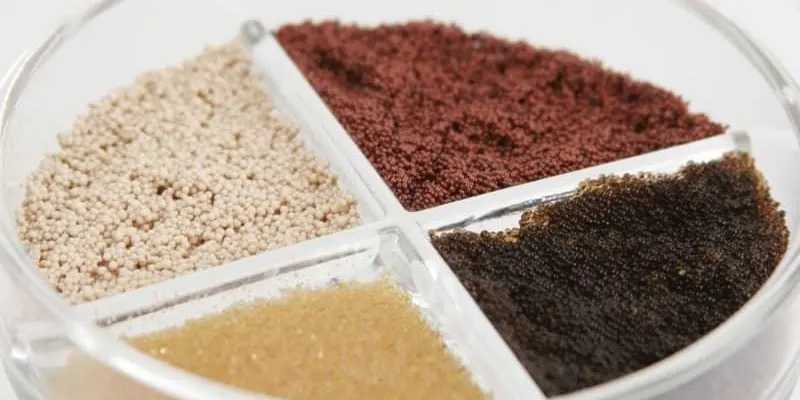
Ion exchange resin: Efficient and cost-effective water treatment
Developed since the early 20th century, ion exchange resin beads have become an indispensable part of the water treatment industry. With superior ability to remove impurities and harmful ions in water such as Ca2+ and Mg2+, ion exchange resin beads are also commonly referred to as water softening resin beads, leading the way in today's green technology race. Not only do they help improve water quality, but they also contribute to environmental protection and sustainable development. Let's delve deeper into the role and applications of ion exchange resin beads with Toan A JSC in the article below!
Created at: 19/08/2024
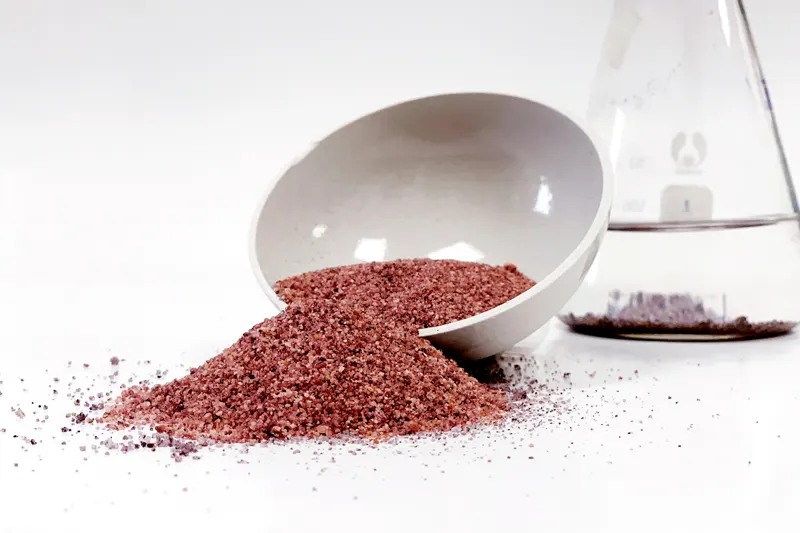
Ferman beads: the leading expert in removing iron and manganese from water
Amidst the increasing challenge of water pollution, it has become imperative to research and discover new environmentally friendly and highly efficient water treatment materials. This is particularly crucial as many households continue to rely on well water or surface water for their daily needs and activities. Notably, these water sources often have elevated levels of Iron and Manganese contamination, posing health risks and disrupting daily life. Developing effective solutions for treating water contaminated with Iron and Manganese is essential not only for ensuring clean water quality but also for safeguarding our environment.
Created at: 08/08/2024
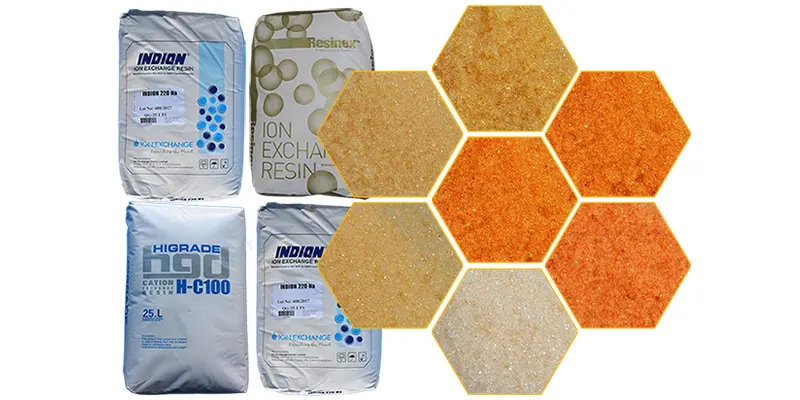
Resin is an organic substance with ion exchange properties, commonly used in water filtration processes to remove undesirable ions. Resin beads are typically made from synthetic polymers and have the ability to absorb and replace ions in water
What is Resin Bead, its properties, characteristics, and applications of this ion exchange resin will be the content shared by experts from Toan A. Let's explore the following content to answer this question.
Created at: 16/04/2024










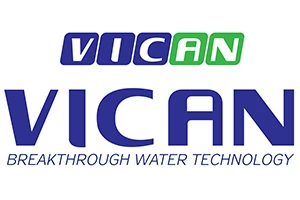






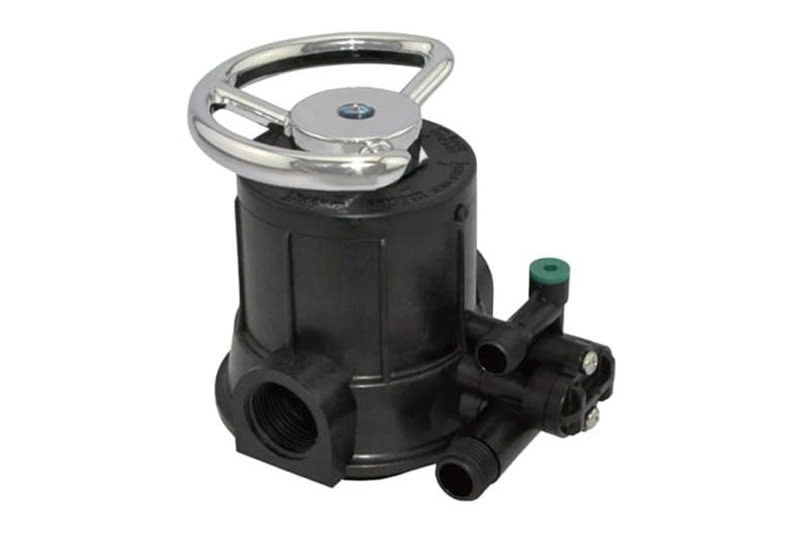
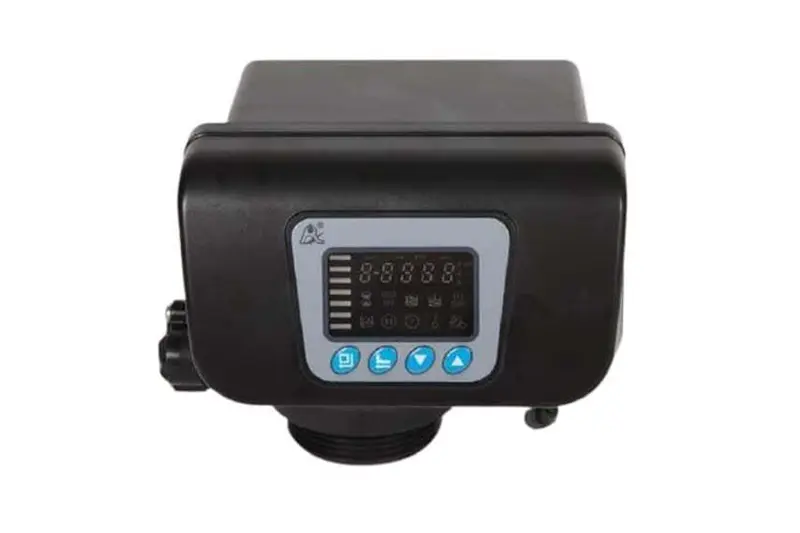




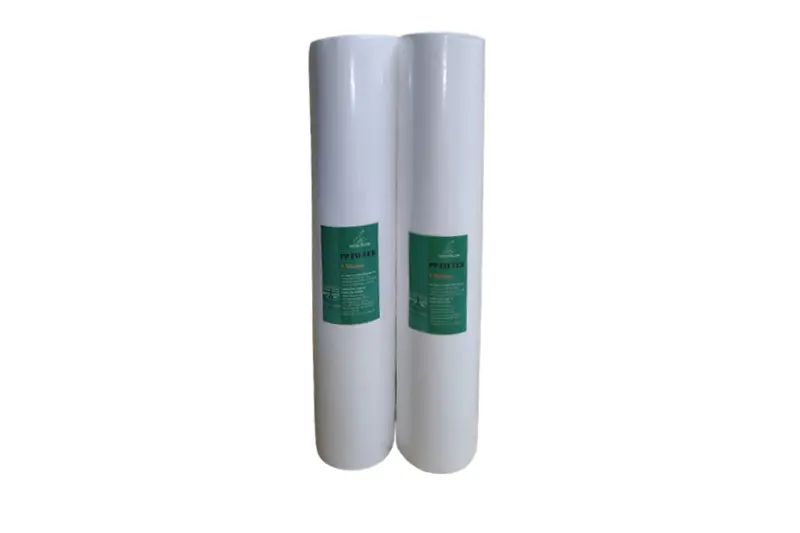



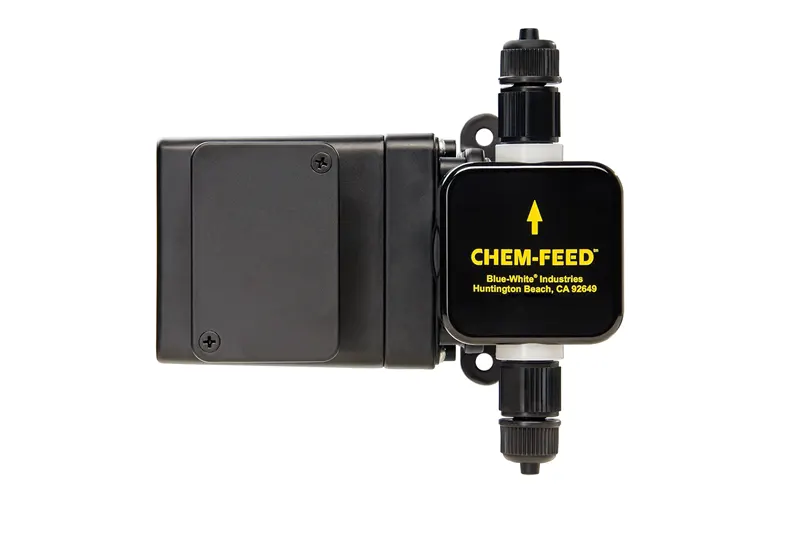
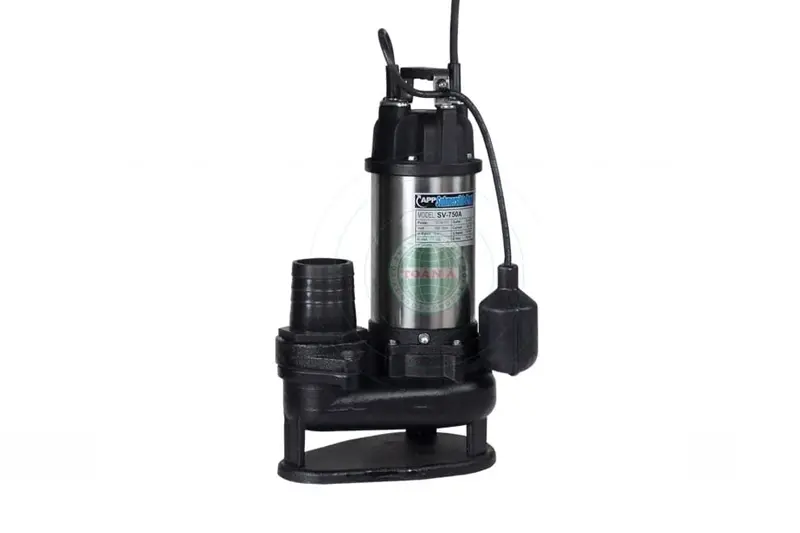



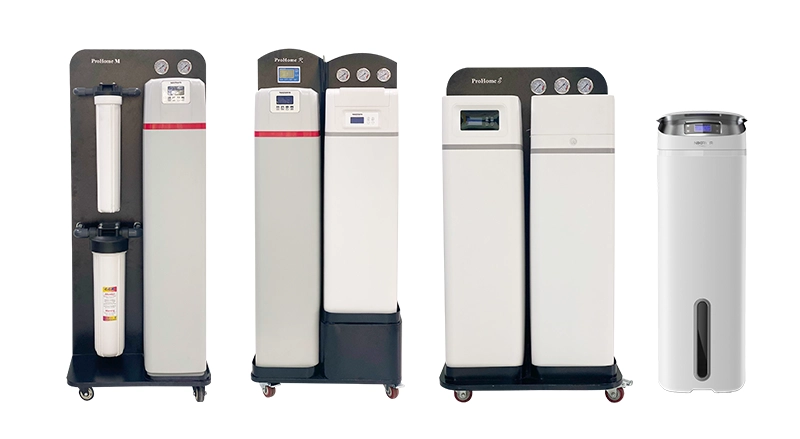
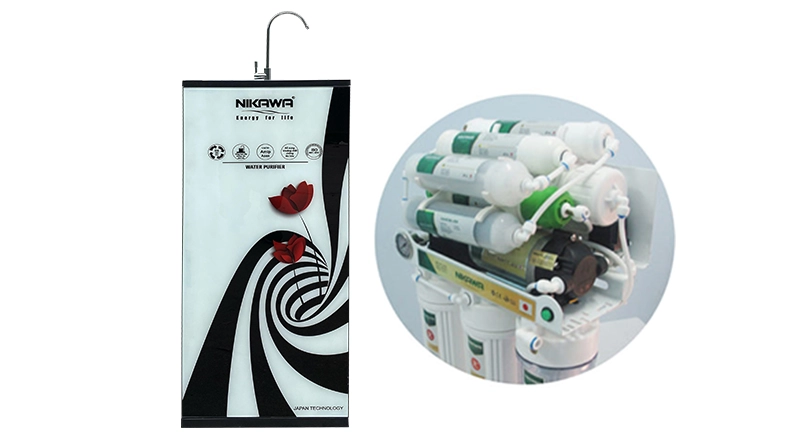
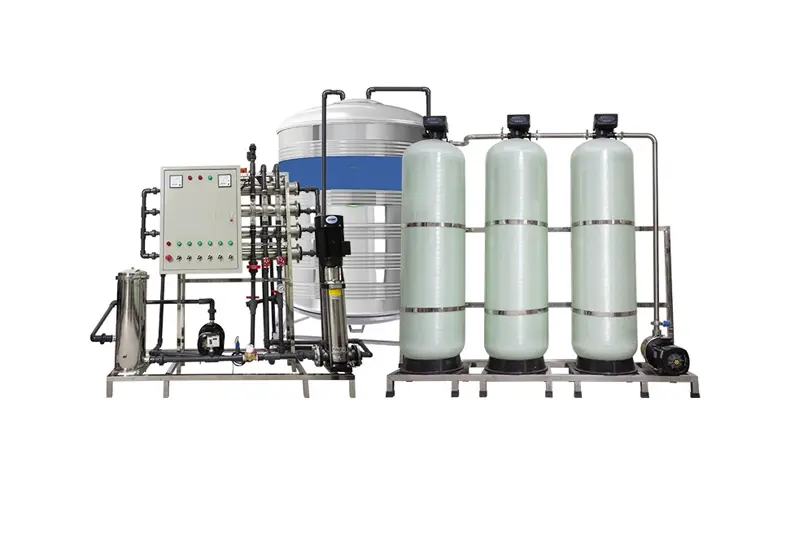
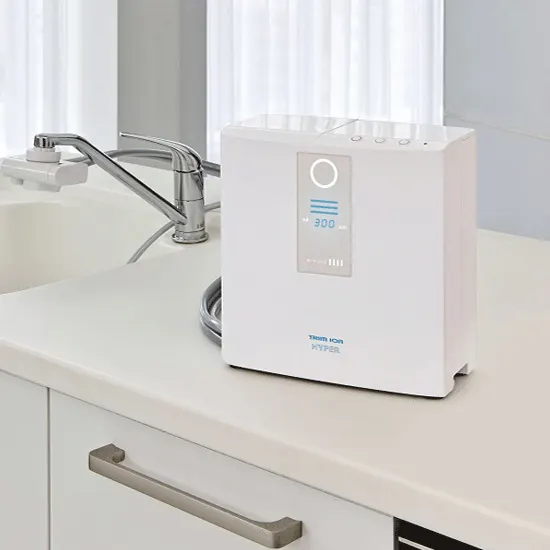
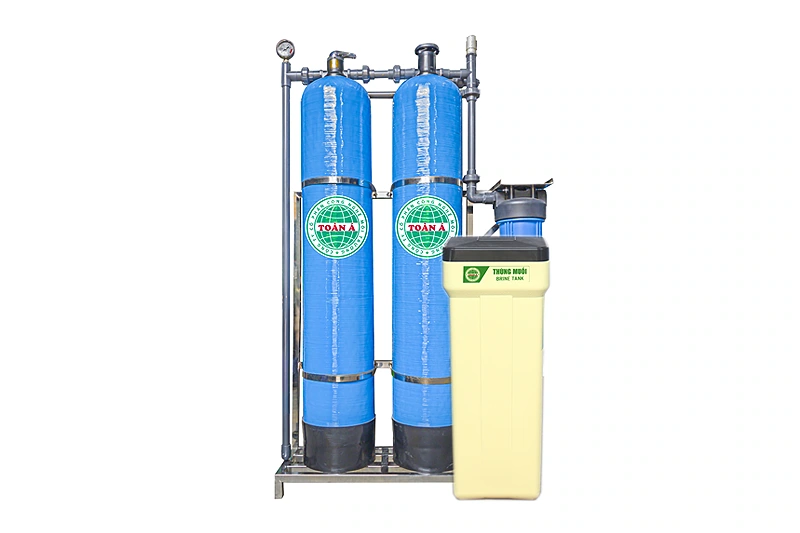


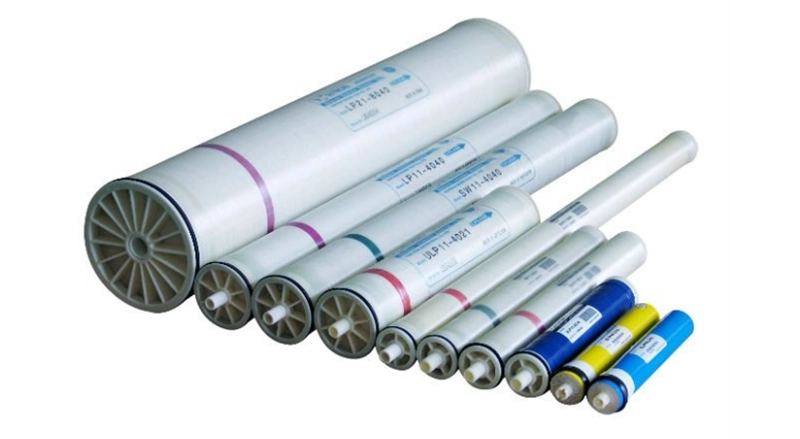
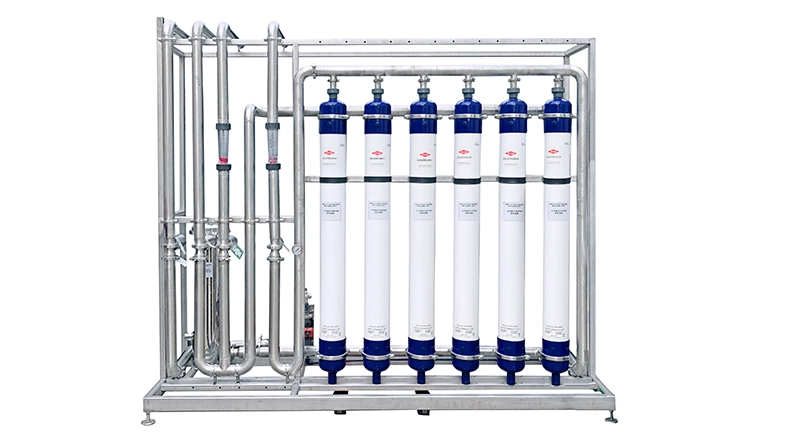


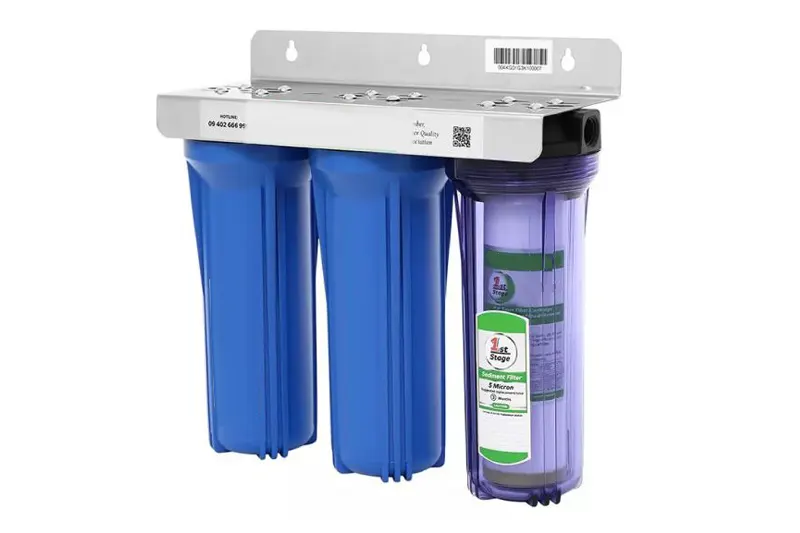

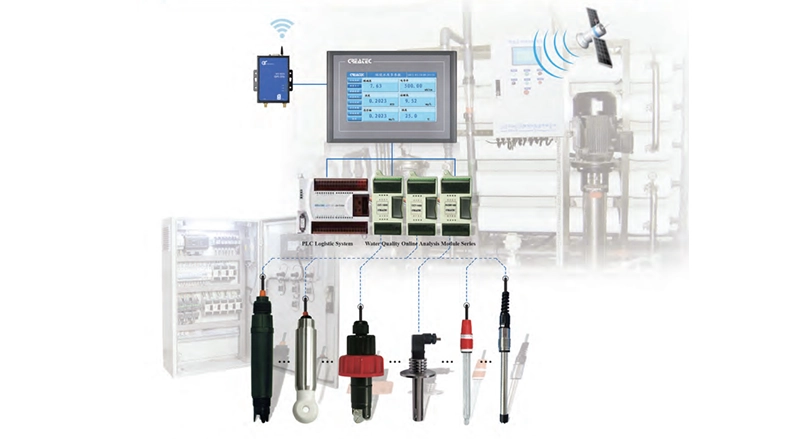
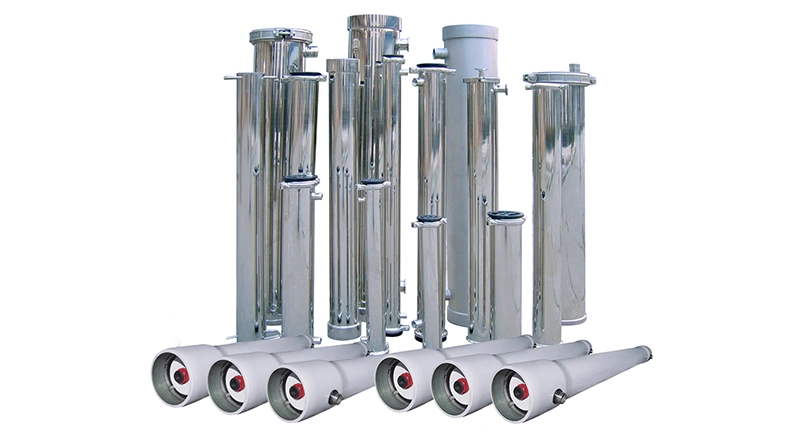
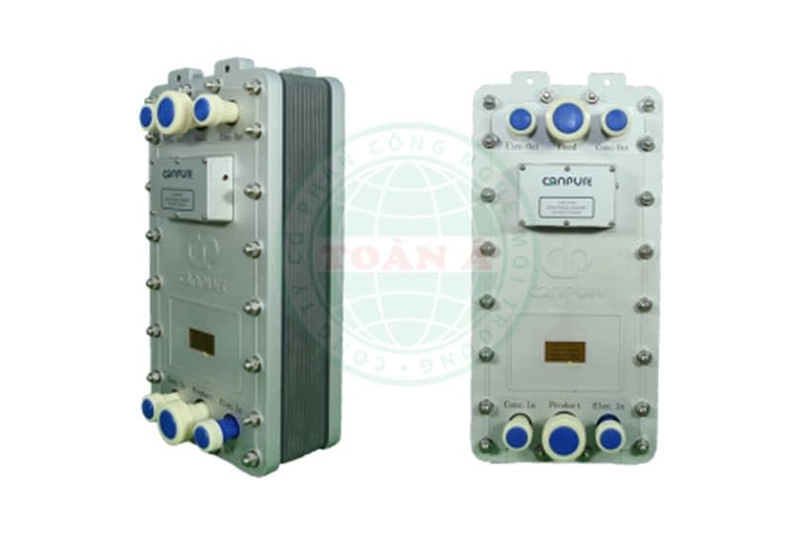
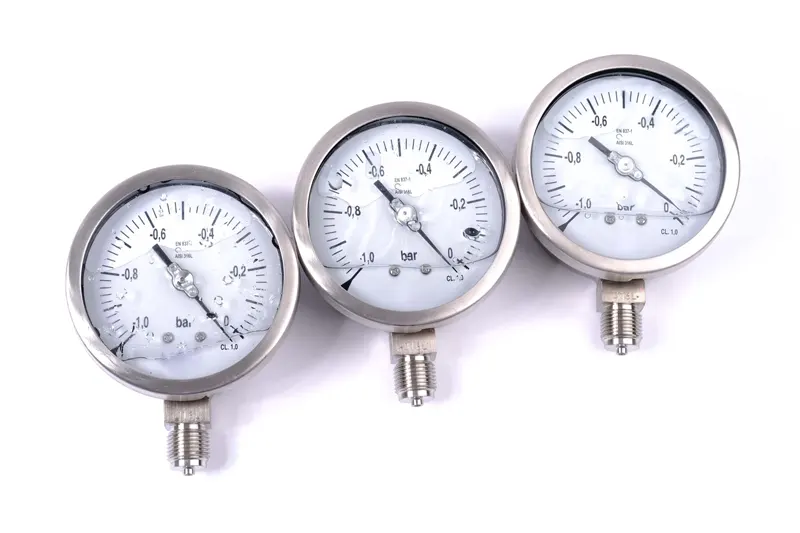
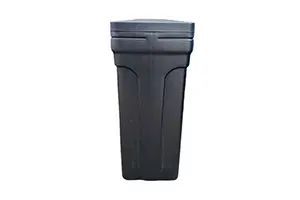


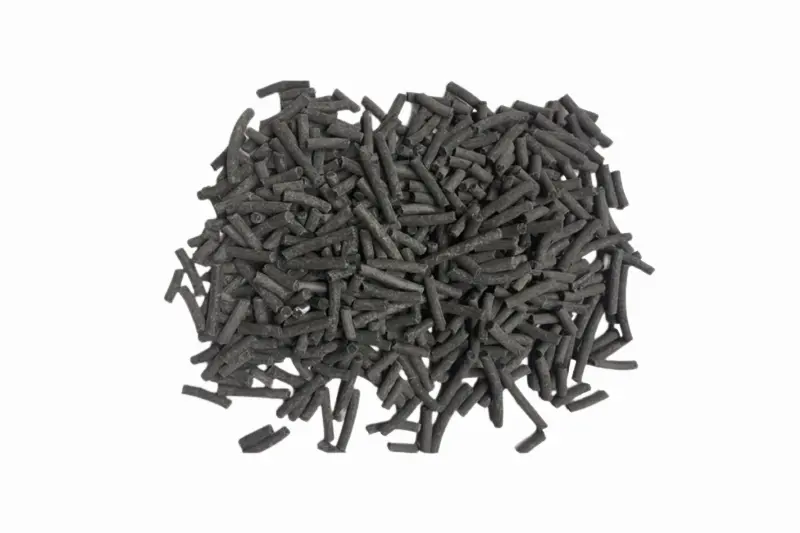
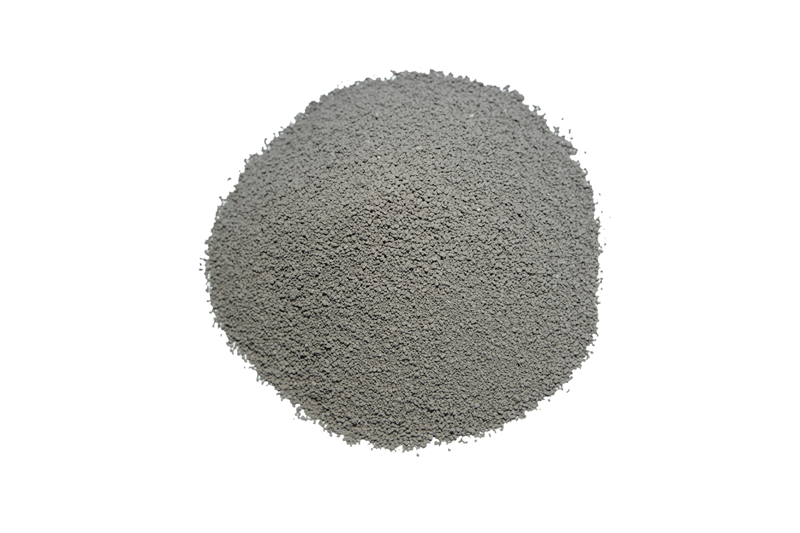
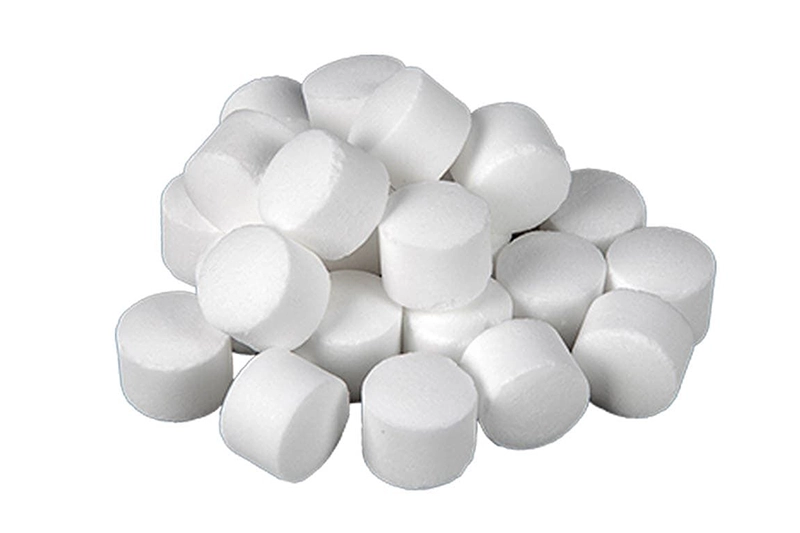
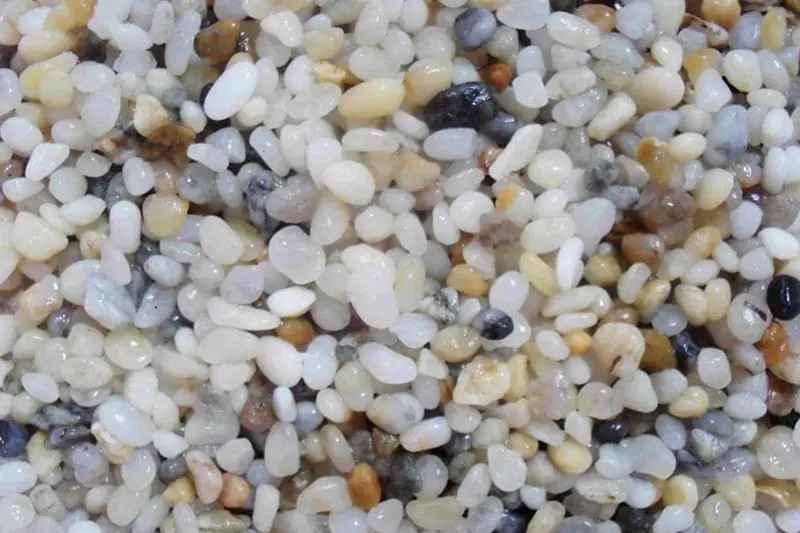
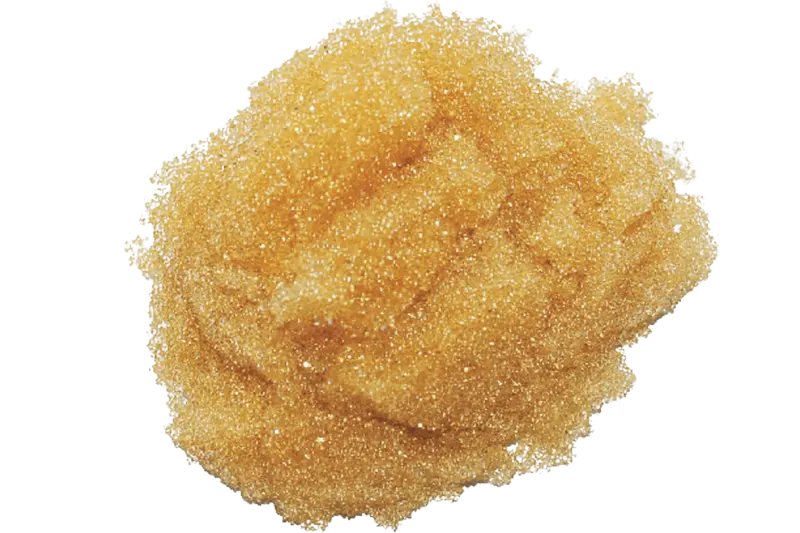













 Water Filter Columns
Water Filter Columns
 Water Filtration Membranes
Water Filtration Membranes
 Control Valves
Control Valves
 Water Filter Cartridges
Water Filter Cartridges
 Water Pumps
Water Pumps
 Water Filtration Equipment
Water Filtration Equipment
 Water Filtration Components
Water Filtration Components
 Water Filtration Materials
Water Filtration Materials
 Heat Pump Water Heaters
Heat Pump Water Heaters



 Products
Products  Solutions
Solutions  Project
Project  News
News